 SHANGHAI-Chinese scientists say that even before a final accounting can be made in last month’s earthquake in Sichuan Province, one thing is painfully evident: The huge death toll stems partly from a failure to heed clear warnings of a devastating earthquake in the area.For decades, Chinese scientists say, they have known of the risk of a potentially catastrophic earthquake along the Longmenshan belt, the area where the Wenchuan earthquake struck, and repeatedly raised their concerns with government authorities.But they say preparations for a quake there were cursory at best, and building codes remained well short of the codes that have become standard in other well-known earthquake zones, including Beijing itself.The ruling Communist Party has hailed its own vigorous response to the quake as evidence of its concern for human life, and has generally received positive reviews at home and abroad for its rescue efforts after the quake. To date, however, China’s state-run news media have paid little attention to the fact that government officials apparently did little to shore up structures, limit urban growth or even conduct basic safety drills that might have reduced the death toll.
SHANGHAI-Chinese scientists say that even before a final accounting can be made in last month’s earthquake in Sichuan Province, one thing is painfully evident: The huge death toll stems partly from a failure to heed clear warnings of a devastating earthquake in the area.For decades, Chinese scientists say, they have known of the risk of a potentially catastrophic earthquake along the Longmenshan belt, the area where the Wenchuan earthquake struck, and repeatedly raised their concerns with government authorities.But they say preparations for a quake there were cursory at best, and building codes remained well short of the codes that have become standard in other well-known earthquake zones, including Beijing itself.The ruling Communist Party has hailed its own vigorous response to the quake as evidence of its concern for human life, and has generally received positive reviews at home and abroad for its rescue efforts after the quake. To date, however, China’s state-run news media have paid little attention to the fact that government officials apparently did little to shore up structures, limit urban growth or even conduct basic safety drills that might have reduced the death toll.“Chinese people have a saying, that you learn a fence needs mending after the sheep have run away,” said Gao Jianguo, a researcher with the China Earthquake Administration, in Beijing. “In this case, people wouldn’t recognize the danger until the sheep actually died. We tried to lay out the reasons beforehand, but people wouldn’t listen.” One after another, Chinese experts have emphasized that they are unable to predict the timing of an event like the one May 12, which left about 87,000 people dead or missing. But they say the general danger to this region has been known since at least 1933, when a major quake struck Wenchuan, and has been studied fairly intensively since the 1970s.“The line of the middle fault is as clear as a string,” said Li Yong, a geological expert at Chengdu University of Technology. “It suggests continuous and strong movement. Such a long and clear lineament should trigger a big quake. Other scientists have had similar ideas.”In July, a paper by Mr. Li and another scientist raised the likelihood of a 7.0 magnitude earthquake along the Longmenshan belt, and spoke again of the dangers there at a conference in China a month before the disaster.While many say scientists advocated stronger precautionary measures for years, some also expressed a deep sense of failure for not having warned the government in stronger terms that seismic danger there was being underestimated. The Longmenshan belt did not appear, for example, on a recent priority watch list of likely trouble spots.“Beyond the pain felt by ordinary Chinese, we in earthquake science are guilty beyond description,” said Ma Shengli, deputy director of the Institute of Geology of the Chinese Earthquake Administration. “Our ability fell far short of what was needed, and we can’t help but cry.”Some seismologists also say that the earthquake agency, based in Beijing, did not press the government to impose tougher building codes in the region. So even if most buildings there had been built to code — many appeared to fall far short — they might well have failed to withstand the May quake, which the Chinese government says had a magnitude of 8.0, the most powerful in China in modern times.“The earthquake administration didn’t warn the government enough,” said Mr. Gao, the researcher with the earthquake agency. “We told them things should be built to withstand seventh-degree crack resistance, but we should have insisted on ninth degree, just as experts from the Soviet Union advised us back in the 1950s.”Mr. Gao referred to an earthquake building code standard used in China. A building would have required construction to an 11th-degree standard to have escaped damage in last month’s earthquake. Many Chinese experts invoked the high cost of building structures to withstand major earthquakes as a rationale for the failure to do so.
To read more go to:
As in the days of Noah...

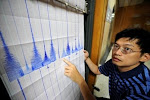

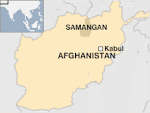







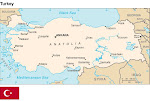
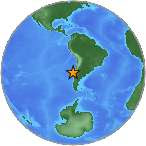




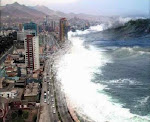

.jpg)


.bmp)
No comments:
Post a Comment